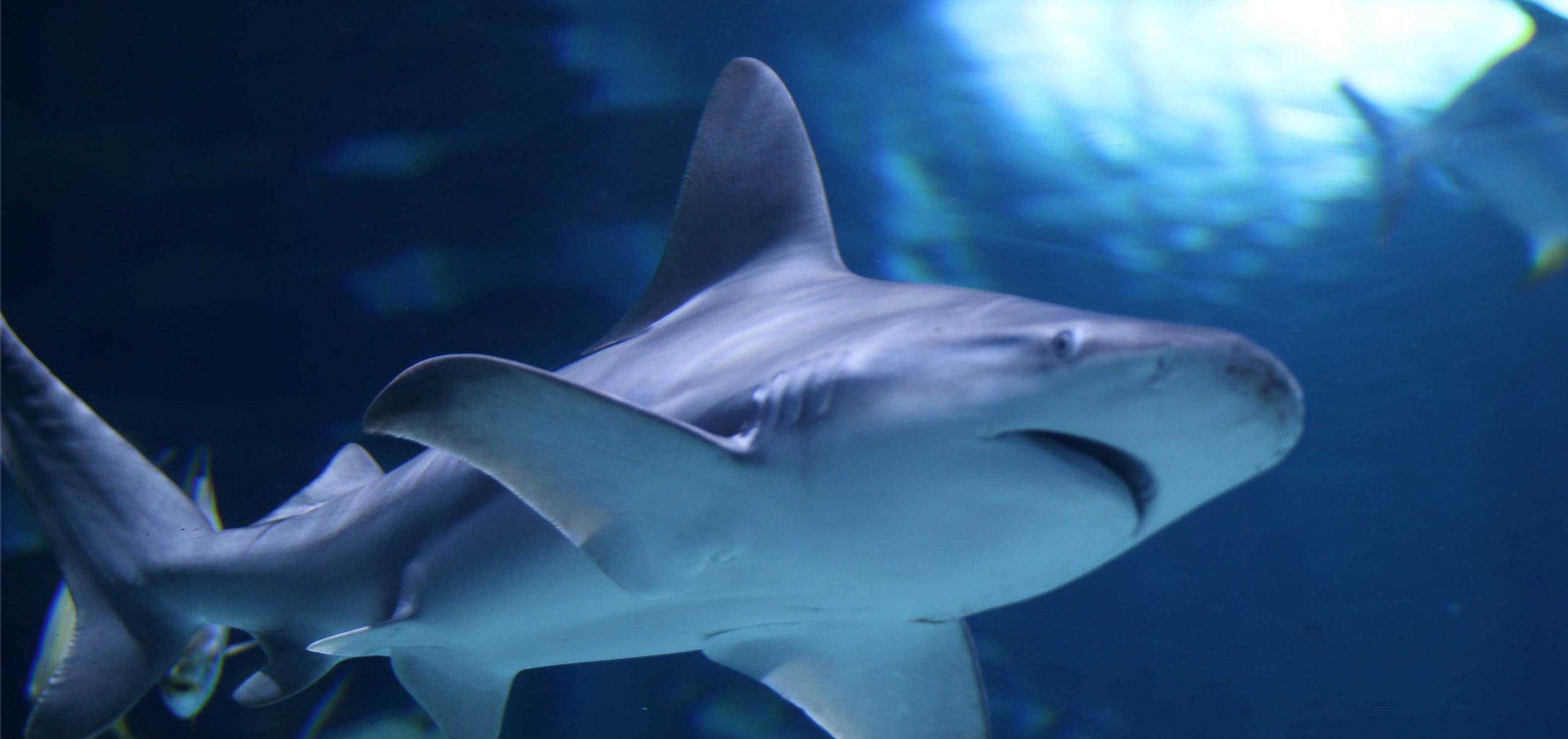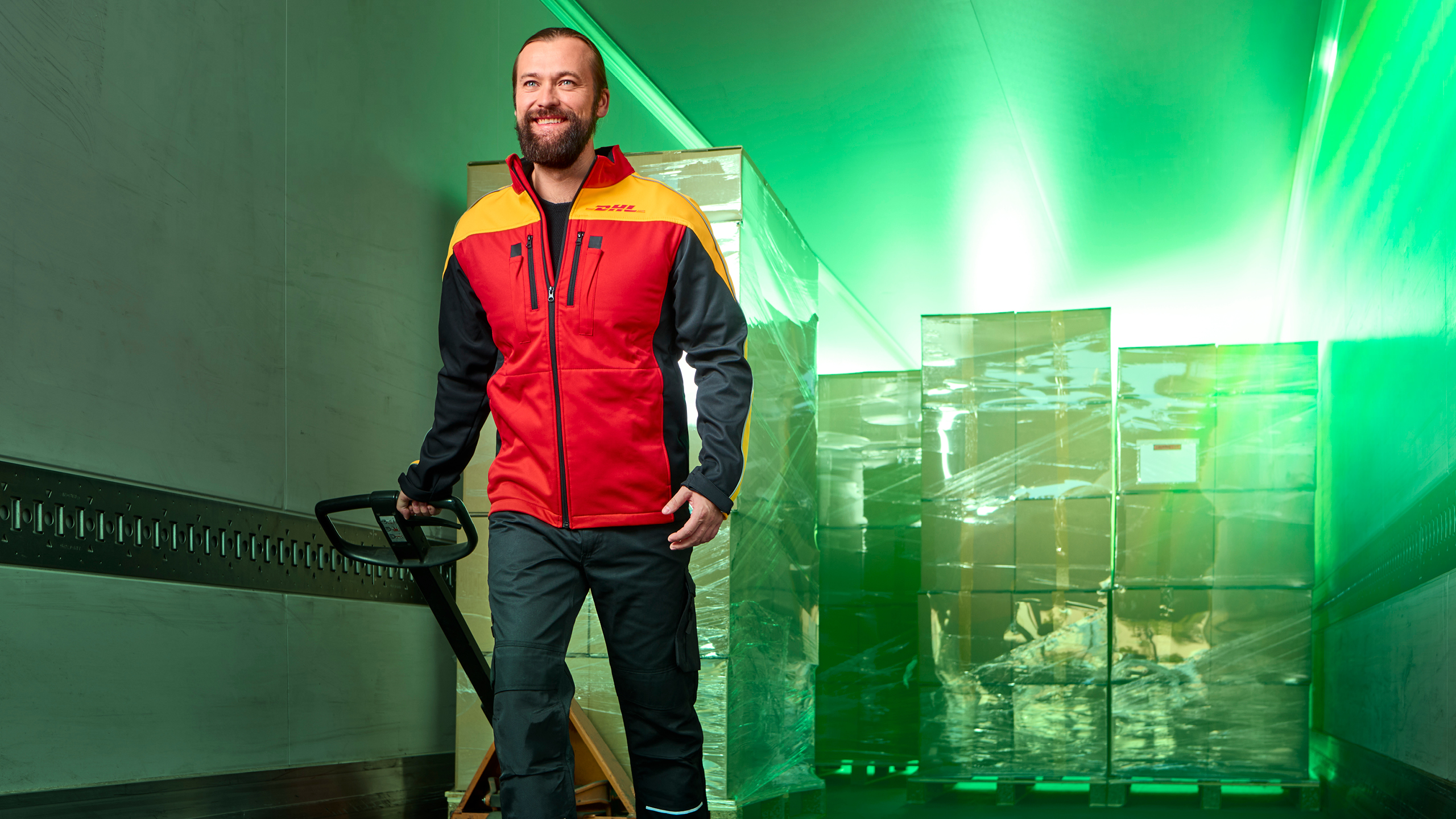
<!--[CDATA[
DHL Freight often transports extraordinary freight, but living sharks were also new for the logistics experts. The spectacular passengers survived the 1,320 kilometer ride safe and sound. How do fish get into the aquarium? It’s straightforward for the ordinary hobby fish owner: buy them at the pet store and transport them in a bag filled with water. But if the animals in question are around 1.40 meters long and there are more than 1,000 kilometers of road and the Alps between the starting point and the destination tank, specialists are needed. Specialists such as Tamás Kapczár, Head of Temperature Controlled Operations DHL Freight Hungary, and his employees. The transport contract for the Tropicarium in Budapest was unusual even for the experts: two living sandbar sharks needed to be brought from the Sea Aquarium Antibes in France to the Hungarian capital.
Technically challenging
Transportation of temperature-sensitive cargo is part of the everyday life for DHL Freight, but living sharks require a lot of preparation and structural conversions. The basis for the shark transporter was a conventional refrigerated truck, in which two stainless steel tanks with a diameter of 230 centimeters and a height of 1.5 meters were installed. Added to this were technical units such as circulating pumps, skimmers, and oxygenators. To run them, it was necessary to install a mobile 220 V generator on a pallet and secure it inside the vehicle. In addition, an emergency power supply consisting of three truck batteries plus an inverter was assembled in case of possible power failure. An absolute emergency was also taken care of, as a few compressed air cylinders with oxygen were added to the truck. All the equipment was secured to the structural elements of the cargo hold by means of several Euro pallets and metal fixings. The partition wall to the cabin was reinforced with additional vertical steel bars - to protect the drivers, because they finally had two water tanks with five tons each in the back.
Legally flawless
There was also a lot to clarify on the legal side of things. The transport required a special permit from the Hungarian authorities. First of all, the entire truck had to be sterilized in order to obtain it. Additionally, without the acceptance of the entire structure by a veterinarian, the undertaking would literally have fallen into water. But that wasn’t all: the company, vehicle, and drivers themselves still had to be registered in the European TRACES system. This database system is a web-based platform introduced by the European Union that monitors all animal movements within the EU, as well as to and from the EU.
Easy ride
After preparations in Hungary, the truck with two drivers drove to Antibes on the Côte d’Azur. Only there the tanks were filled with seawater and after final checks the two sharks loaded as well. That happened, in a conventional way, using a net and muscle power. So: catch the shark, pull it out of the water, and quickly walk to the tank. Three Tropicarium employees accompanied the special transport on the way to Budapest, checking the water quality and condition of the animals at each stop. The unusual transport covered the 1,320 kilometers in 24 hours. After several days of familiarization, the two animals, named Bonnie and Clyde, have now settled in the Hungarian capital. The expertise of DHL Freight Hungary has spread, as there are already new orders for shark transports from Slovakia to Hungary and Croatia.
The two 1.5 year old animals belong to what’s known as the requiem sharks. The largest and best-known representatives of this genus are tiger sharks, which can grow up to six meters in length. The much smaller sandbar sharks reach a maximum of 240 centimeters, are nocturnal, and live in the area of the continental shelf in depths of up to 280 meters. They occur mainly in the Mediterranean, but also on the coasts of North and Central America, as well as in the western Indian Ocean. The two new inhabitants of the Tropicarium in Budapest – one male and one female – were born in captivity. In nature, the sandbar shark is now endangered by fishing and is on the red list of threatened species.
![[Photo: DHL]](http://dhl-freight-connections.com/wp-content/uploads/2018/07/BI_Haitransport_Content_3-194x300.jpg)
![[Photo: DHL]](http://dhl-freight-connections.com/wp-content/uploads/2018/07/BI_Haitransport_Content_1-213x300.jpg)



